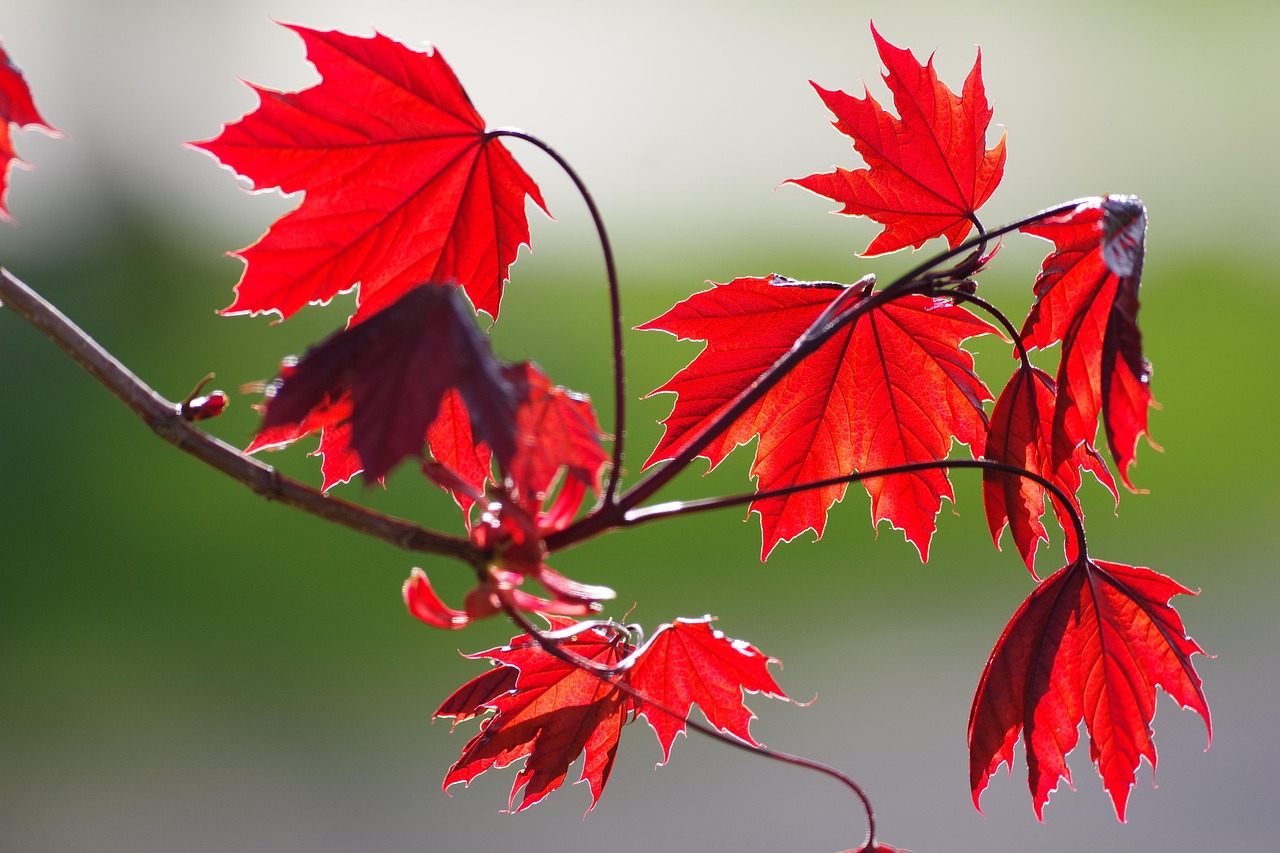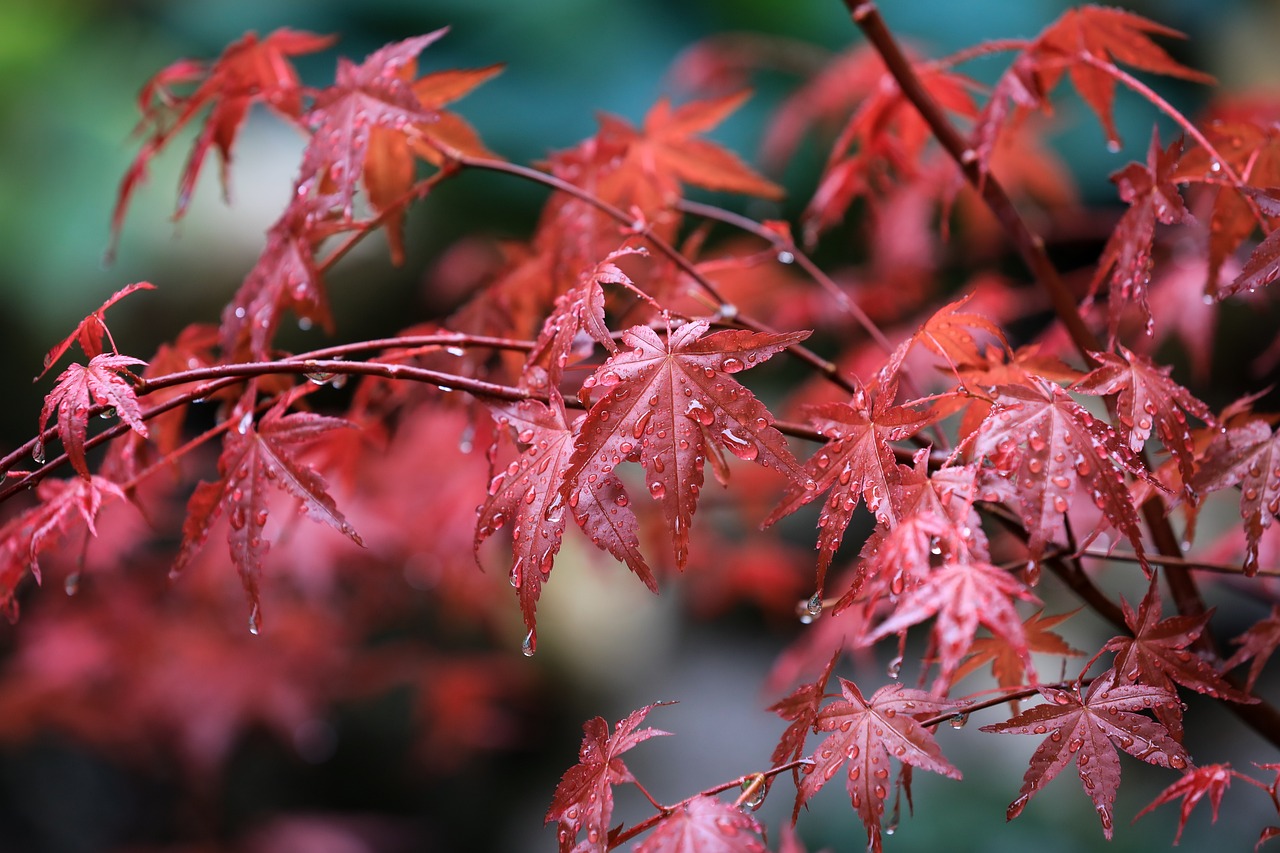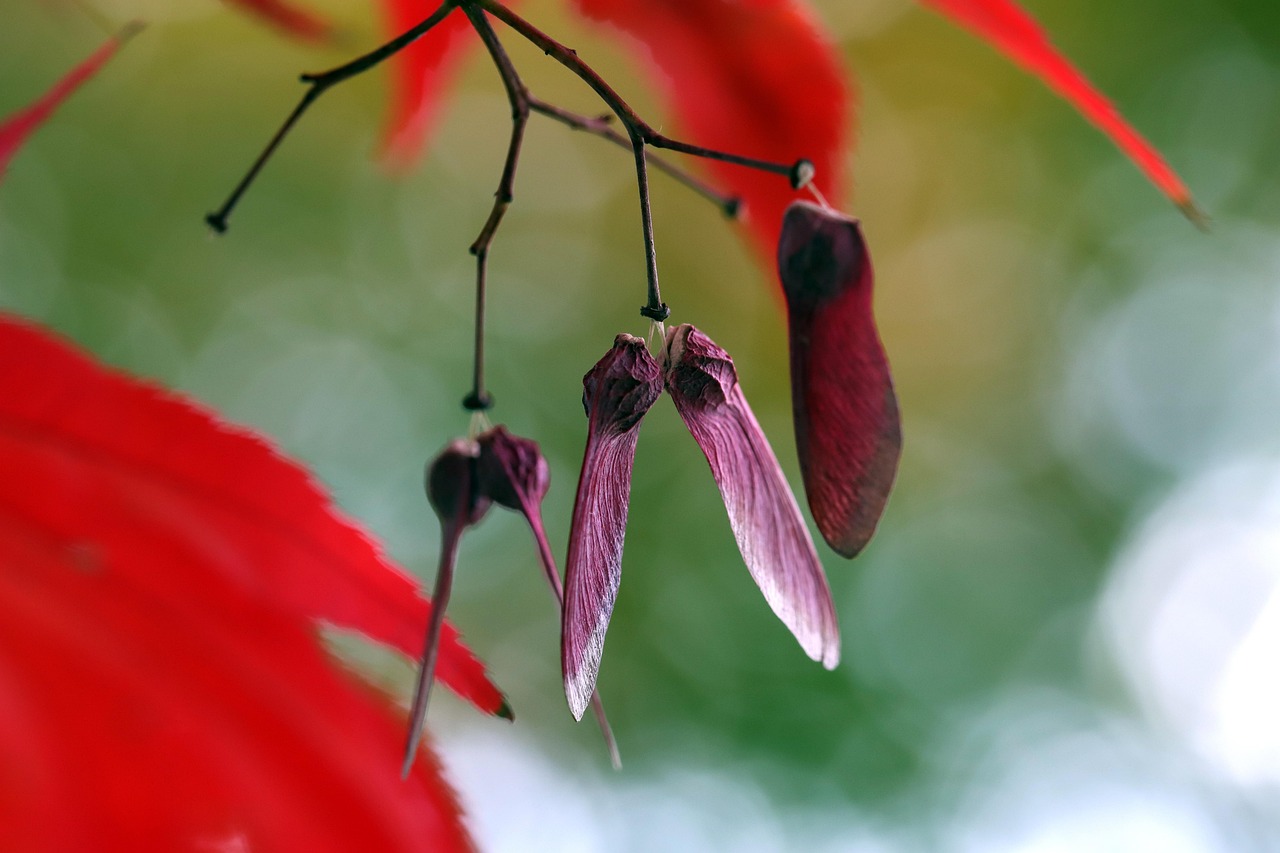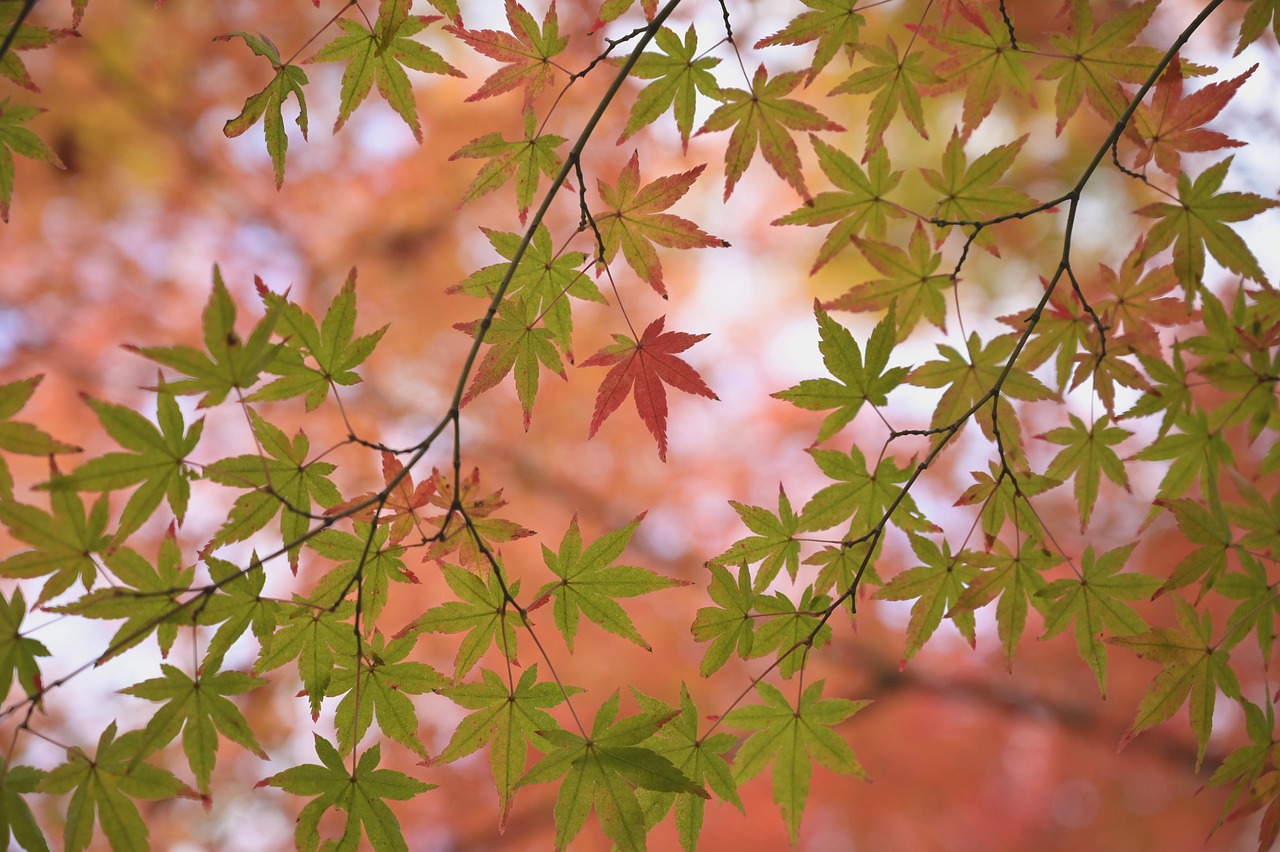Yes, red maple is classified as a hardwood. It belongs to the genus Acer and is known for its dense, durable wood, making it suitable for various applications.
Understanding Wood Classification

Wood classification is an essential aspect of woodworking and forestry. It helps in identifying the properties of different types of wood. Generally, wood is divided into two main categories: hardwoods and softwoods. This classification is based on the botanical characteristics of trees rather than their actual hardness.
Hardwoods come from angiosperms, which are trees that have broad leaves and produce seeds. These types of trees typically grow slower than softwoods, resulting in denser wood. In contrast, softwoods come from gymnosperms, which usually have needle-like leaves and produce cones instead of flowers. Softwoods tend to grow faster and often have a lighter density.
The distinction between hardwoods and softwoods can sometimes be misleading. Some hardwoods are softer than softwoods. For example, balsa wood is considered a hardwood, yet it is much softer than many softwoods like pine or fir. Therefore, understanding the properties and classifications of different woods is crucial for anyone involved in woodworking or construction.
Characteristics of Red Maple
Red maple (Acer rubrum) is native to North America and is one of the most abundant hardwood species in the eastern United States. It thrives in a range of environments, from wet lowlands to dry uplands. The tree can reach heights of up to 100 feet and has a distinctive rounded crown.
Red maple wood has several notable characteristics:
- Color: The heartwood is light reddish-brown, while the sapwood is nearly white to light cream.
- Grain: The grain is generally straight, but it can also be wavy or curly at times.
- Texture: The texture is fine and even, making it suitable for various finishes.
- Weight: It has a medium density, typically weighing around 38-42 pounds per cubic foot.
These characteristics make red maple a popular choice for furniture, cabinetry, flooring, and musical instruments. Its versatility and aesthetic appeal add value to many projects.
Uses of Red Maple Wood
Red maple wood is highly sought after in the woodworking industry due to its durability and attractive appearance. Below are some common uses:
- Furniture: Red maple’s fine grain and smooth finish make it ideal for crafting various furniture pieces.
- Cabinetry: Its resistance to wear makes it perfect for kitchen cabinets and storage solutions.
- Flooring: Many homeowners choose red maple flooring for its durability and rich color.
- Musical Instruments: The tonal qualities of red maple make it suitable for building instruments such as violins and pianos.
Properties That Define Hardwoods
The classification of red maple as a hardwood involves various properties beyond just its origins. Understanding these properties can help in selecting the right type of wood for specific applications. Here are some defining features of hardwoods:
| Property | Description |
|---|---|
| Density | Hardwoods typically have a higher density than softwoods, contributing to their durability. |
| Grain Pattern | Hardwoods often feature intricate grain patterns that enhance their visual appeal. |
| Workability | While some hardwoods can be difficult to work with due to their density, red maple is relatively easy to shape and finish. |
| Durability | Hardwoods tend to be more resistant to wear and tear compared to softwoods, making them ideal for high-traffic areas. |
These properties help explain why red maple is favored in various applications. It combines beauty with functionality, making it a top choice among woodworkers and builders alike.
Benefits of Using Red Maple Wood
Red maple wood offers several advantages that make it a preferred choice for various projects. Its unique properties not only enhance the aesthetic appeal of finished products but also contribute to their functionality and durability. Below are some key benefits of using red maple wood:
- Aesthetic Appeal: The rich color and fine grain of red maple add beauty to any project, making it ideal for furniture and decorative items.
- Versatility: Red maple can be used in a wide range of applications, from cabinetry to musical instruments, due to its favorable characteristics.
- Workability: This wood is easy to cut, sand, and finish, allowing woodworkers to achieve intricate designs with less effort.
- Stability: Red maple tends to resist warping and shrinking, making it a reliable choice for various climates.
- Eco-Friendly: Being a renewable resource, red maple wood is an environmentally friendly option when harvested sustainably.
Differences Between Hardwoods and Softwoods
To better understand the classification of red maple as a hardwood, it is important to recognize the differences between hardwoods and softwoods. Each category has distinct characteristics that influence their use in woodworking and construction.
Growth Characteristics
Hardwoods, including red maple, typically come from deciduous trees that shed their leaves annually. These trees generally grow slower than their softwood counterparts. As a result, hardwoods tend to develop denser and more intricate structures over time. In contrast, softwoods come from coniferous trees that usually retain their needle-like leaves throughout the year. Softwoods typically grow faster and have a simpler structure.
Physical Properties
Hardwoods often have a higher density than softwoods, which contributes to their strength and durability. In general, hardwoods are more resistant to wear and impact but can also be heavier and harder to work with. Softwoods are usually lighter and easier to manipulate but may not hold up as well under heavy use.
Uses in Industry
The distinct characteristics of hardwoods and softwoods dictate their common uses in various industries:
- Hardwoods: Commonly used for furniture, flooring, cabinetry, and musical instruments due to their strength and aesthetic qualities.
- Softwoods: Often used for construction framing, paper production, and outdoor furniture because they are typically less expensive and easier to work with.
Environmental Considerations
When selecting wood for projects, environmental considerations play a critical role. Sustainable practices in forestry ensure that resources like red maple are available for future generations. Here are some points to consider:
- Sustainable Forestry: Look for wood sourced from sustainably managed forests. Certifications like FSC (Forest Stewardship Council) can guide consumers in making eco-friendly choices.
- Impact on Wildlife: Healthy forests support biodiversity. Choosing sustainably sourced wood helps protect the habitats of various species.
- Carbon Footprint: Wood is a renewable resource that can help reduce carbon emissions when compared to synthetic materials. Using wood responsibly contributes to carbon sequestration efforts.
Caring for Red Maple Wood Products

Caring for red maple products is essential for maintaining their beauty and durability over time. Proper maintenance can extend the life of furniture or other wooden items made from this hardwood. Here are some tips:
Cleaning
Dust regularly with a soft cloth to prevent dirt buildup. For deeper cleaning, use a damp cloth followed by drying the surface immediately. Avoid excessive moisture, as it can damage the wood over time.
Finishing
A good finish enhances the appearance of red maple while adding a protective layer. Options include oil finishes, varnish, or lacquer. Always follow the manufacturer’s instructions when applying finishes.
Avoiding Damage
Keep red maple products away from direct sunlight to prevent fading. Additionally, use coasters and placemats to protect surfaces from heat and moisture damage.
Market Availability
The availability of red maple wood in the market largely depends on geographical location and demand. As one of the most abundant hardwoods in North America, red maple is widely available in various forms:
- Lumber: Red maple is sold as lumber in different grades for construction or crafting needs.
- Plywood: It is also available as plywood sheets used in cabinetry and furniture making.
- Finished Products: Many manufacturers offer finished products like tables or cabinets made from red maple.
Understanding the various aspects of red maple wood enhances appreciation for its use in woodworking and construction. Its classification as a hardwood reflects its valuable characteristics, making it a favored choice among professionals and hobbyists alike.

Comparing Red Maple with Other Hardwoods
When considering red maple for woodworking or construction, it is helpful to compare its characteristics with other common hardwoods. This comparison can provide insight into its unique attributes and potential applications.
Oak
One of the most popular hardwoods, oak, is known for its strength and durability. Oak is available in two main varieties: red oak and white oak.
- Grain and Color: Oak has a prominent grain pattern and comes in a variety of colors, typically ranging from light tan to dark brown.
- Durability: Oak is generally more durable than red maple, making it a better choice for heavy-use items like flooring and furniture.
- Workability: While oak is workable, its density can make it more challenging to cut than red maple.
Cherry
Cherry wood is appreciated for its rich color and smooth grain. It is often used in high-end furniture and cabinetry.
- Aesthetic Qualities: Cherry ages beautifully, developing a deep reddish-brown patina over time.
- Softness: Cherry is generally softer than red maple, making it easier to work with but potentially less durable.
- Cost: Cherry is typically more expensive than red maple due to its desirability and slower growth rate.
Maple Varieties
In addition to red maple, there are other types of maple wood, such as sugar maple and silver maple. Each type has distinct features:
- Sugar Maple: Known for its hardness and strength, sugar maple is commonly used for flooring and furniture. It has a lighter color than red maple.
- Silver Maple: This variety is softer than red maple and has a more distinctive grain pattern. It is often used for decorative purposes but is less durable.
Woodworking Techniques with Red Maple
Utilizing red maple in woodworking projects requires an understanding of its properties and the techniques best suited for this hardwood. Below are some techniques that can enhance the effectiveness of working with red maple.
Sanding
Red maple has a fine grain that allows for a smooth finish. When sanding:
- Start with a coarse grit (around 80) to shape the wood.
- Progressively move to finer grits (up to 220) for a smooth surface.
- Always sand with the grain to avoid scratches.
Joinery
Red maple holds glue well, making it suitable for various joinery techniques. Common methods include:
- Dovetail Joints: Ideal for drawer construction, providing both strength and an attractive appearance.
- Miter Joints: Useful for frame constructions where aesthetics are crucial.
- <strong Butt Joints: A straightforward method for joining two pieces at right angles.
Finishing Techniques
A good finish enhances the natural beauty of red maple wood. Here are some options:
- Oil Finishes: These penetrate the wood, enhancing color and grain while providing protection. Tung oil or Danish oil are popular choices.
- Lacquer: Quick-drying and providing a hard finish, lacquer offers excellent protection but can be more challenging to apply evenly.
- Varnish: This provides a durable protective layer and is available in various sheens, from matte to high gloss.
The Economic Impact of Red Maple Harvesting

The harvesting of red maple wood plays a significant role in the economy, particularly in regions where it is abundant. The economic impact includes various aspects:
Job Creation
The forestry and wood processing industries provide thousands of jobs across North America. These include roles in:
- Sustainable forest management
- Lumber production
- Furniture manufacturing
Local Economies
Many rural communities rely on the timber industry for economic stability. The harvesting and processing of red maple contribute significantly to local economies through:
- The sale of lumber and finished products
- The creation of secondary industries, such as hardware stores and tool suppliers
- The promotion of tourism related to forest management practices
Sustainability Efforts
Sustainable practices in red maple harvesting help ensure that this valuable resource remains available for future generations. This includes:
- Selective logging methods to minimize environmental impact
- Replanting initiatives to maintain forest health
- CERTIFICATION programs that ensure responsible management practices
The combination of red maple’s desirable properties and its economic significance makes it a compelling choice for woodworkers and builders. Understanding its classification as a hardwood contributes to making informed decisions about its use in various applications.
Future Trends in Red Maple Use
The demand for red maple wood is expected to grow in various industries, driven by factors such as sustainability, aesthetic appeal, and versatility. As consumers become more environmentally conscious, the preference for sustainably sourced hardwoods like red maple will likely increase. Here are some future trends that may influence the use of red maple:
Enhanced Sustainable Practices
With the ongoing emphasis on environmental protection, sustainable practices in red maple harvesting and processing will become even more critical. Innovations in forestry management will focus on:
- Improved Reforestation: Techniques that promote faster regrowth and restore ecosystems will be prioritized.
- Advanced Logging Technologies: The use of technology to minimize damage to surrounding trees and soil will be enhanced.
- Community Involvement: Local communities will play a more significant role in managing forests, ensuring that their needs and insights shape sustainable practices.
Design Trends in Furniture
The furniture industry is constantly evolving, and red maple is well-positioned to meet emerging design trends. Some trends to watch include:
- Simplistic Modern Designs: Minimalist furniture that emphasizes clean lines and natural materials will continue to gain popularity, showcasing red maple’s natural beauty.
- Customizable Solutions: Consumers are increasingly seeking customized furniture options. Red maple’s workability allows artisans to create unique pieces tailored to individual preferences.
- Hybrid Materials: The integration of red maple with other materials, such as metal or glass, will offer new possibilities in design, appealing to a broader audience.
Increased Use in Sustainable Architecture
As green building practices gain traction, red maple may find new applications in architectural projects. Benefits include:
- Natural Insulation: Wood has natural insulating properties, making it an attractive option for energy-efficient building designs.
- Aesthetic Appeal: The warm tones of red maple can enhance the overall aesthetic of buildings, making them more inviting and visually appealing.
- Carbon Footprint Reduction: Using wood instead of synthetic materials can significantly lower the carbon footprint of a building project.
Challenges Facing Red Maple Utilization
Despite its many advantages, there are challenges associated with the use of red maple that stakeholders should consider. These challenges include:
Pest and Disease Management
Red maple trees are susceptible to various pests and diseases that can impact their health and growth. Effective management strategies are necessary to mitigate these issues:
- Pest Control: Regular monitoring and the use of integrated pest management techniques can reduce infestations.
- Disease Resistance: Research into breeding disease-resistant varieties can help sustain populations of healthy red maple trees.
Market Fluctuations
The market for hardwoods like red maple can be influenced by economic conditions, competition from alternative materials, and changes in consumer preferences. Stakeholders must remain agile and responsive to these fluctuations by:
- Diversifying Products: Offering a range of products made from red maple can help buffer against market volatility.
- Consumer Education: Informing consumers about the benefits of red maple can foster loyalty and encourage sustainable purchasing decisions.
Final Thoughts
Red maple is a remarkable hardwood that stands out for its beauty, durability, and versatility. Its classification as a hardwood reflects its valuable properties, making it an excellent choice for various applications in woodworking and construction. From furniture to flooring, red maple’s rich color and intricate grain patterns add aesthetic appeal to any project.
The ongoing focus on sustainability and responsible forestry practices ensures that red maple will remain a viable resource for future generations. As industries adapt to changing consumer demands and environmental considerations, the use of red maple is likely to evolve, embracing innovative designs and sustainable solutions.
By understanding the unique characteristics of red maple and its role in both the economy and the environment, woodworkers, builders, and consumers can make informed decisions that benefit both their projects and the planet. Embracing this beautiful hardwood not only enhances individual creations but also supports responsible practices that protect our forests for years to come.
